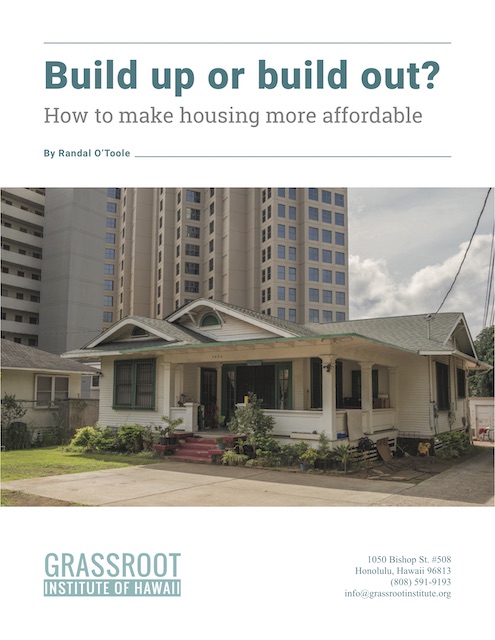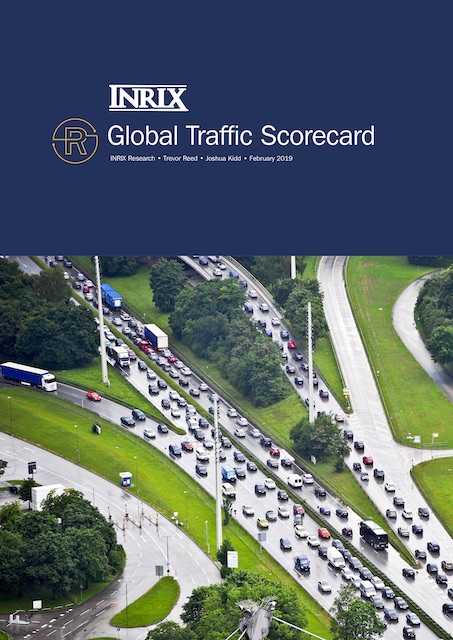New York governor Andrew Cuomo and mayor Bill de Blasio, who have been feuding over who was going to pay to fix the subway system, have finally agreed to impose the cost of fixing the subway on people who don’t ride it..
With great fanfare, they released what they call a “10-point plan,” but it really amounts to two points: first, they are going to impose more charges on auto drivers and spend them on the subways; and second, they are going to try to reduce fare evasion.
The other points involve things like redesigning the MTA bureaucracy, auditing the bureaucracy, creating new committees to oversee the bureaucracy, and giving the bureaucracy a mandate to do more planning, in other words, be more bureaucratic. Somehow they think this shuffling of deck chairs is going to make a difference to MTA’s sinking ship. Continue reading









